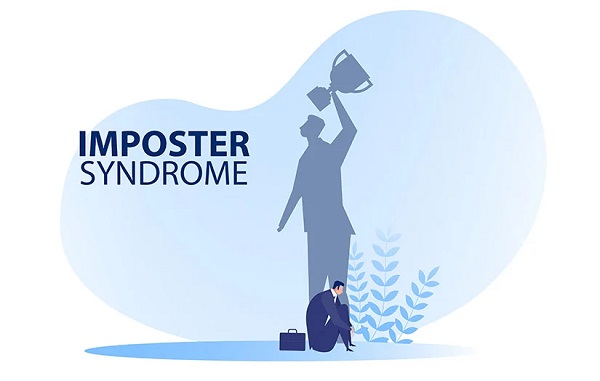By: David A. Grenardo, Professor of Law and Associate Director of the Holloran Center for Ethical Leadership in the Professions, University of St. Thomas School of Law
The Holloran Center and the University of St. Thomas Law Journal brought together for the first time 1L and Professional Responsibility casebook authors to discuss ways to implement professional identity formation into the 1L curriculum and Professional Responsibility at the University of St. Thomas Law Journal’s spring 2023 symposium. One of the major reasons for this seminal gathering was to share ideas about professional identity formation amongst law schools from all across the country. Another reason was to generate excellent scholarship that could guide law schools as schools must now comply with the new ABA Standard 303 that requires law schools to provide substantial opportunities for law students to develop their professional identities.
Colleen Medill, the Robert & Joanne Berkshire Family Professor of Law and Director of Undergraduate Academic Programs at the Nebraska College of Law, delivered an amazing presentation at the symposium titled “Writing a Demand Letter: Litigator or Mediator” on a panel that focused on putting students in the role of lawyers, which is one of the ways law students move from law student to lawyer. She also authored an excellent, timely, and innovative article for the symposium issue, Integrating Artificial Intelligence Tools into the Formation of Professional Identity.
Here is the abstract of Professor Medill’s article:
My claim in this Article is that a lawyer’s personal use of artificial intelligence (AI) in the practice of law is now an essential component of a lawyer’s professional identity that must be intentionally developed as a law student before entering the practice of law. After demonstrating the strong connection between the use of AI tools in legal practice, the requirement of lawyer competence, and the formation of professional identity, the Article proposes four “best practices” principles for integrating AI tools with traditional lawyering skills exercises to assist students in the formation of professional identity. The Article concludes with an example that can be used in the first-year Property course.
A link to the article can be found here.
Should you have any questions or comments about the article, please feel free to contact Professor Medill at cmedill2@unl.edu.



